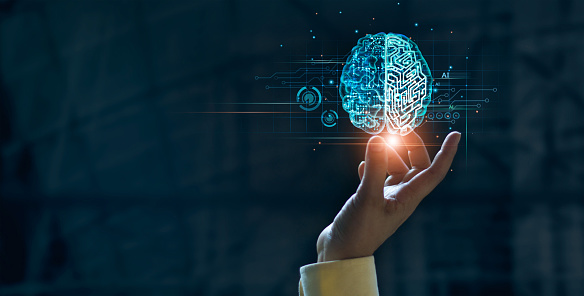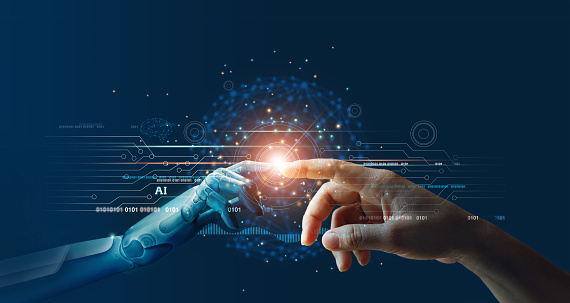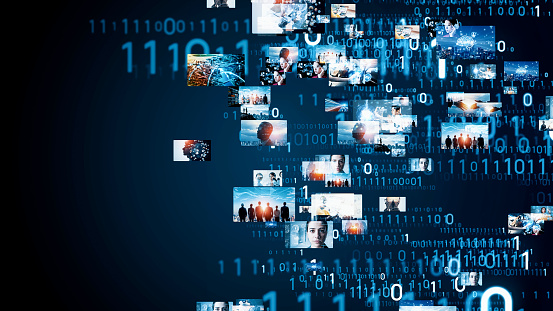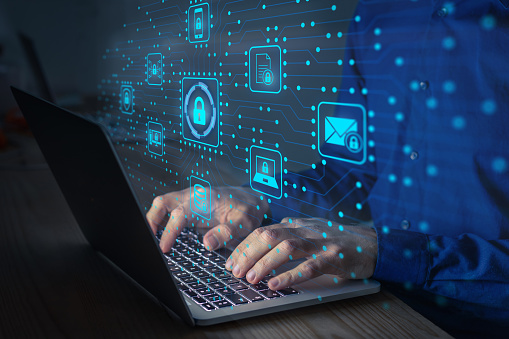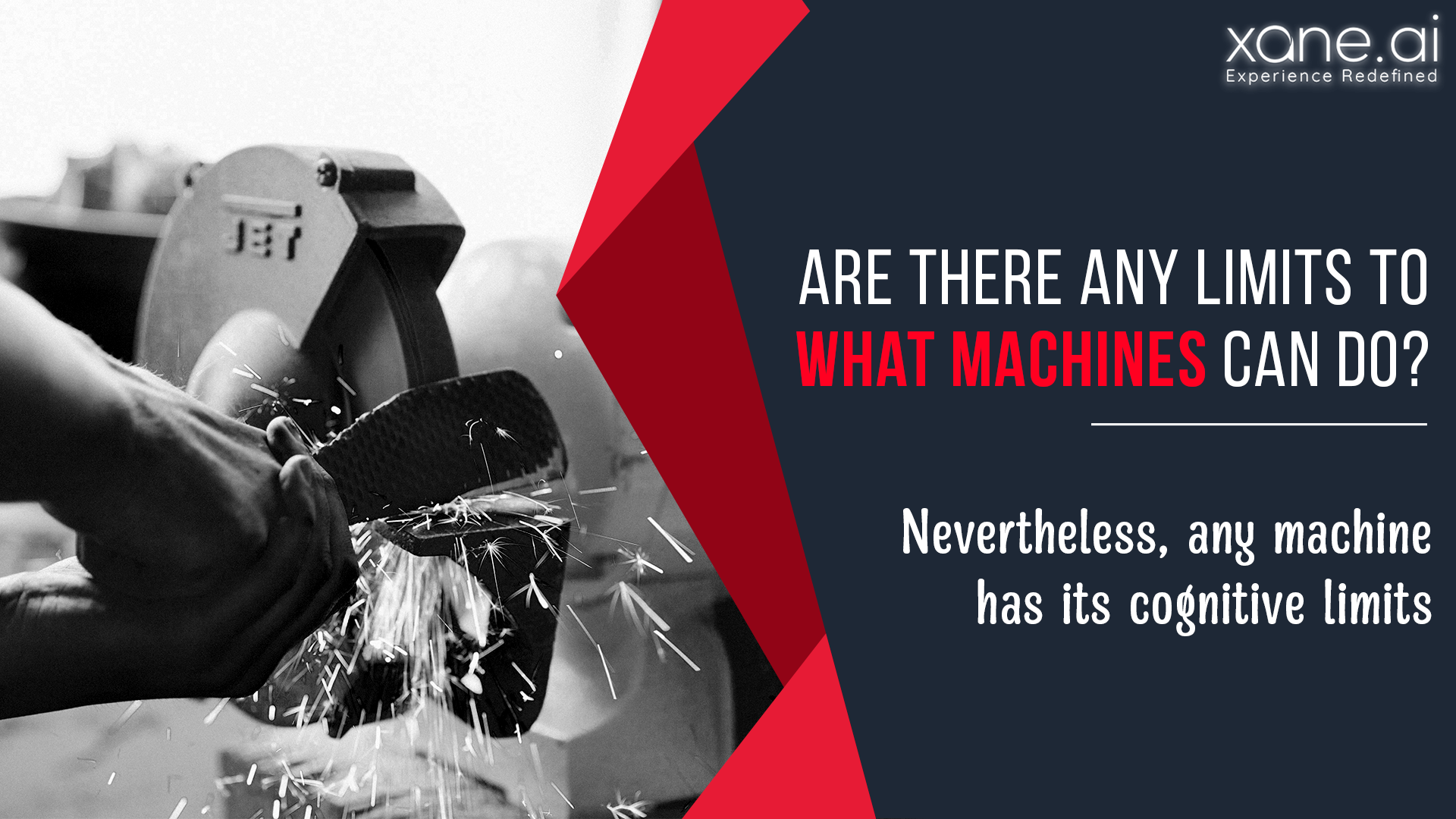
16 Mar Are There Any Limits To What Machines Can Do?
Blog by Oluwasegun Oke
Many fields in science and technology often include fundamentally embedded principles and theories, which if broken down, are usually pieces and reflections of logical reasoning, strings of taxonomies, or abstract ideologies, but with recognizable undertones that make them relevant to the future. Artificial Intelligence as well falls not far off the above categories. Considering how many solutions machine has offered to mankind, by simulating results through machine learning, and fully segmenting floods of data, for different use. What makes machines unique is their ability to learn over time, and respond to both internal and environmental settings.
It interestingly puts them in a better place, to execute repetitive and routine tasks, and most recently increasingly collaborate with human counterparts to help improve both the quality and efficiency of products and services, while reducing the price. And unlike humans, machines can process massive and complex floods of data, and their inherent mathematics and statistical disciplines, on a relatively shorter notice, and impressively within fractions of milliseconds. Also, in addition to being faster, and smarter in detecting and recognizing massive amounts of patterns. This underlines a very important aspect, which can be applied in making predictive analytics, for interpretations and improvements of business sales, generating conversions, and maintaining a balanced customer relationship.
However, the downside remains that they lack general intelligence and therefore cannot rationalize, nor engage in self-discovery, in relation to their natural environmental settings. Since they are often programmed to apply such to a specific task or operation. This is why you will always sight them bundled together at joint car assemblies, among others, where they work strictly in accordance with the creators’ strings of commands.
This reversive nature of machines to be constantly flawed or vulnerable around unknown settings, which vary in size and in relation to another, is a terrible disadvantage that can momentarily relegate their existential capabilities and functions for impulsive public restrictions and criticisms. Their self-awareness is intact, due to sharp work ethics models’ inclusion, to understand their co-workers’ reflexes and respond accordingly, by using the right pace and speed, within the limits of their working
Machines Limitations
Even with so many prospects, and also given the work ratios and lifespan advantages over humans, machines’ potentials are vast. In addition to their most readily available and cheap components, such as sensors, axles, computer controllers, fasteners, sensors, buttons, and so on. Setbacks that may be resolved in the coming years or decades apart, still revolve around how they perceive the world, and what can be done to remove them permanently command undertones, and restrictions, thereby giving them more freedom to self-learning and flexible adaptations.
Eighth Limitations of Machines
And next, we will list out and discuss every machine limitation, to give you a complete picture of what is lacking, and factors contributing to this inefficiency.
- Machines Cannot Interpret Self-experienced Incidents
- Machines do not Engage in Abstract Thinking
- AI Machines Cannot Simulate a Better Version of their Outputs
- Machines do not Follow a Recognizable or Understandable Decision-Making Process
- Lack of Moral Values and ethical Coding in Machines
- Machines Lack Emotional Depth
- Data Security and Privacy Issues
- Limitations of Restrictions due to Clearly Defined Goals in Machines Decision-Making Processes
Machines Cannot Interpret Self-Experienced Incidents
Machines follow inputted algorithms to execute a variety of critical tasks, which are usually humane, and in great demand across every industry. For instance, any attempt to put a trained airport machine on the sideline of a football field, in the hope for it to learn the basics, may prove futile. As AI-powered machines have no means of studying and understanding their environments, in order to form a future relationship, according to such experiences.
Machines do not Engage in Abstract Thinking
AI machines only have a fixed inward architecture of what visually recognizable patterns are. For instance, if any of their programmed visual settings are tampered with or distorted beyond recognition, machines will hardly be able to think logically and correctly realize that it was something, they could have recognized. This inability is the same reason the idea of commercializing self-driving vehicles, continues to pose a serious threat to human security and safety and had been rolled back, for further research. Also, without many pixels to familiarize themselves with and compare with models, it makes it extremely difficult for them to complete successfully, every step of the process, in visual recognition.
Since they used to work with the same amount of learning data. It makes them vulnerable to sabotaged and potential physical abuses if they are installed in remote places, outside their domains. Unlike the human brain, which can quickly use logical thinking, to understand every action and connect with new events, machines have to be fed with pools of gigantic data, such that they learn new traits and respond flexibly to outside influences.
Machines Cannot Simulate a Better Version of their Outputs
One of the machines’ most backward constraints and limitations include their shallow associative intelligence, creativity, and cognitive power to challenge archaic model designs and simulate a better version of their current outputs, without an intervention, from their creators.
Machines do not Follow a Recognizable or Understandable Decision-Making Process
Lack of accountability for every action and traceability of every step, in the decision-making processes of machines, set more alarming margins for critical reevaluations, challenges their competitive capacity and attracts reservations against their trustworthiness. Many attempts have been engaged over the years, to put aside any disturbing notion that machines indulge in random decision-making processes. However, the large scale of data, they deal with, remains one of the most critical challenges, against this accomplishment.
Lack of Moral Values and Ethical Coding in Machines
Our planet is full of social vices, and proliferation of new ways and tactics used in committing crimes, and this is why our standard of behavior, as well as general intelligence, often allow us to keep up and adjust with these trends, in a bid to not steer off our fundamental principles, as enshrined through public security, religion, custom and in other respects, in relation to rules and regulations. A drone for instance would not hesitate to massacre the whole human population, in a village. The take-home in this instance is that machines ought not to put their trust on the line when a certain degree of fatality or community extinction is involved.
They should be able to first engage in logical thinking and then take a firm decision, either in favor of or against such commands. This by far undermines and limits their applications, in most spheres of life, and raises a red flag that cannot be overlooked. Human life is sacred, besides, if it was triggered by errors, due to machines’ inability to recognize and adapt correctly to interactions between sizes in different objects, idioms and slants meanings, where they should draw the lines, and so on, then who should be held accountable for such a community level lost of lives and properties?
Machines Lack Emotional Depth
Today’s machines have little knowledge to respond appropriately to different settings of emotional intelligence. Let’s take a case study, which includes losing 5 million dollars during live online gaming. And let’s assume an advanced chatbot was in constant live video communication, with the unlucky gamer, prior to the moment he lost his life savings. Even if he was happy staking such a huge amount, the reality that set in afterward surely and instantly evoke strange body movements and facial expressions, that depict regret, confusion, uncertainty, loss of self-worth, insecurity, and despair.
But the take-home is that the chatbot does not have enough sensors, essential cognitive intelligence, and statistical correlations, to recognize extreme reactions, identify inconveniences, and flexibly respond with words that convey empathy, and understanding.
Data Security Breaches and Privacy Issues
Machines’ algorithm architectures and data libraries, can sometimes be circumvented through Viruses, and other criminal instruments to support or carry out massive advanced frauds, security breaches, and identity theft activities, which may lead to scandals, and financial disintegration. Banks, insurance companies, and other commercial entities are at the forefront of this fight, to give the security of their databases, the public trust it deserves. And even though machines can multitask and handle simultaneously, allotment of fidelity with every flood of data, turned in through different digital devices, there are still a handful of associated risks, due to systematic multiplication of unethical hackers, among other inclusive data dishonesty factors.
Limitations of Restrictions due to Clearly Defined Goals in Machines Decision-Making Processes
The breaking down of each behavioral model to accommodate fidelity, in an effort to streamline and personalize every decision-making process, is a major setback, as it cannot help in achieving artificial general intelligence, which is the ability to sense, read, engage in logical reasoning, understand, adapt to a new environmental setting without any human intervention, and take action, as appropriate, either instantly, or on subsequent repeated occasions.





